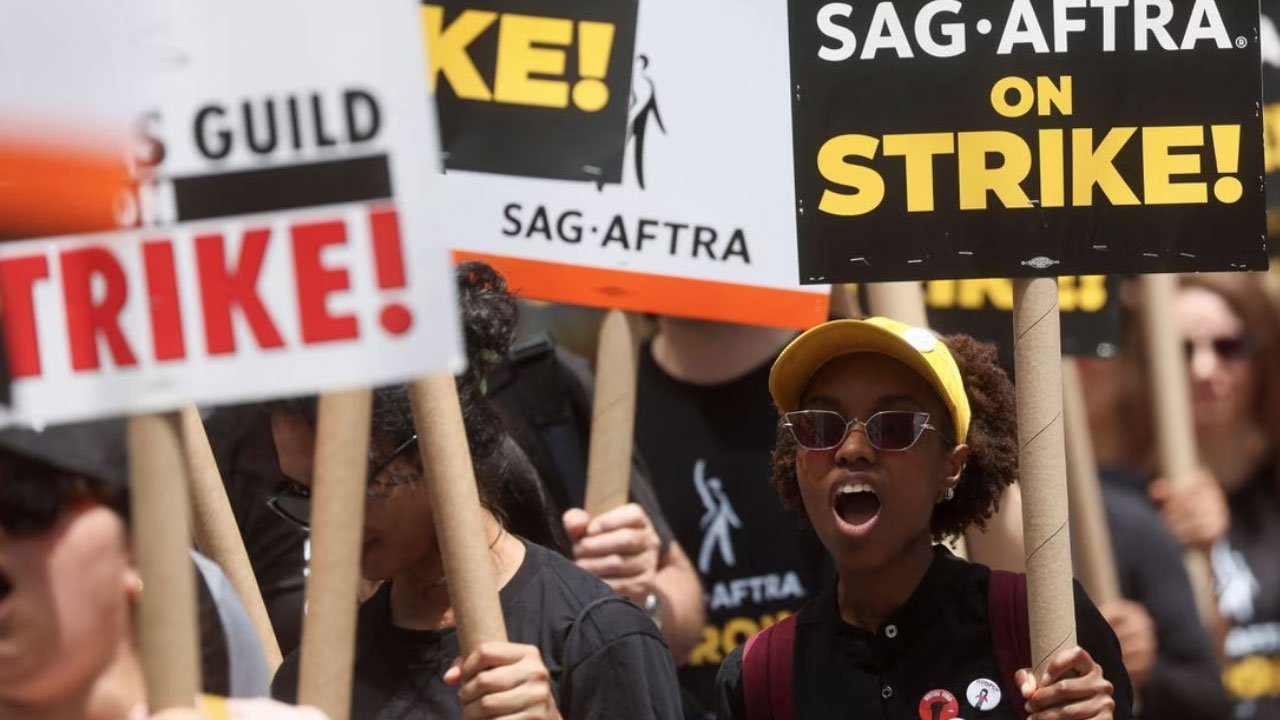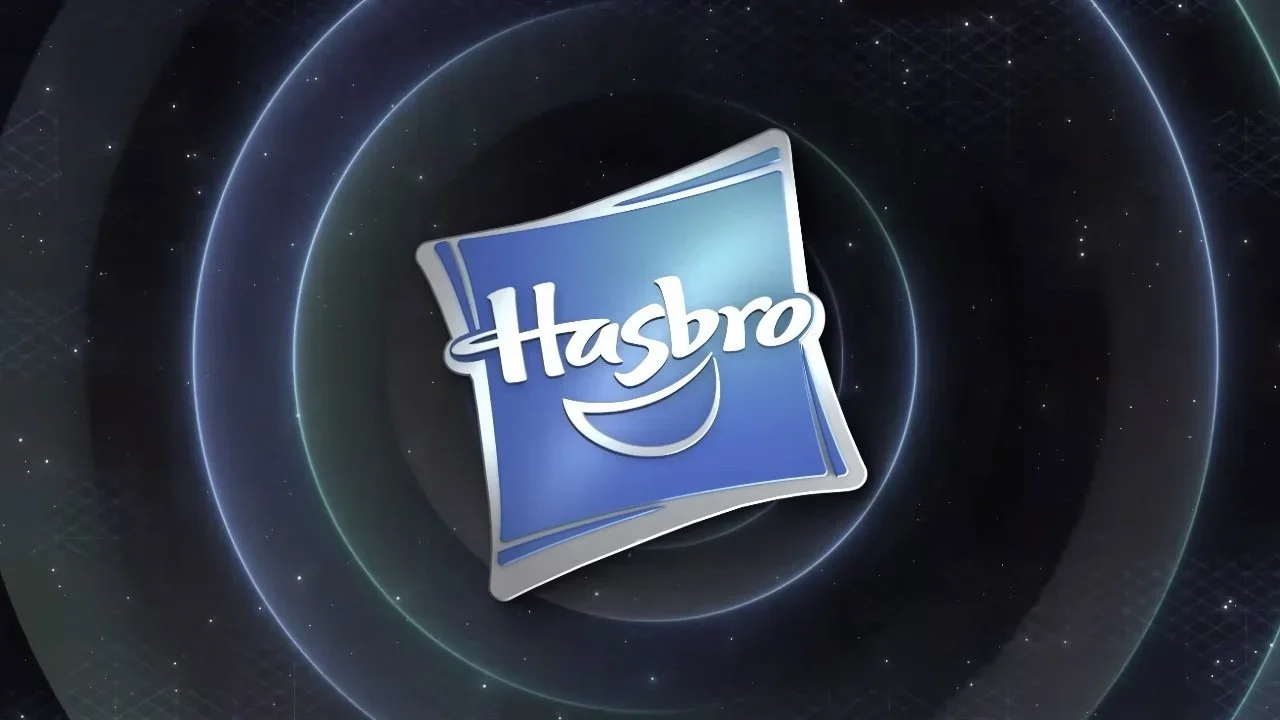Netflix's European Residual Model Could Be A Roadmap To An Answer For WGA And SAG-AFTRA Strike Demand
Image Source: FBC News
With no end to the WGA and SAG-AFTRA strikes in sight, the answers may be found across the Atlantic. Part of the guild’s demands are higher compensation from residuals. This seems to have been achieved in Europe, although a lack of transparency from streaming services muddies the waters. Netflix’s German division awards success-based residuals. If an original program reaches over 10 million global “completers,” those who watched 90% of the program, it awards extra compensation to on and off-camera workers. With the rise of streaming and the decline of cable, this program allows actors and writers, along with crew members, to continue receiving payments as more people discover their work. This goal can be hit multiple times, providing compensation for each successful threshold. Sweden has a similar program that retroactively applied to previous films. Like Germany, there’s no limit to the amount of times the goal can be reached.
On the subject of AI, the most likely and least messy answer is requiring the architects of AI to disclose all the copyrighted material used to train the program. Such a measure may result in an unofficial ban on AI material since the list of creators would be extensive. Indeed, the credits could be twice as long as the movie if all the AI copyrights were required to flash on the screen. A ban on AI would be welcomed by actors and writers alike as it would end the threat to their jobs. The residual programs would cost the studios some profit but not nearly enough to bankrupt them. Following Europe’s model may save the entertainment industry in America, but only if the studios concede to some sacrifice.
READ NEXT:
Source(s): Deadline, Hostra JIBL












